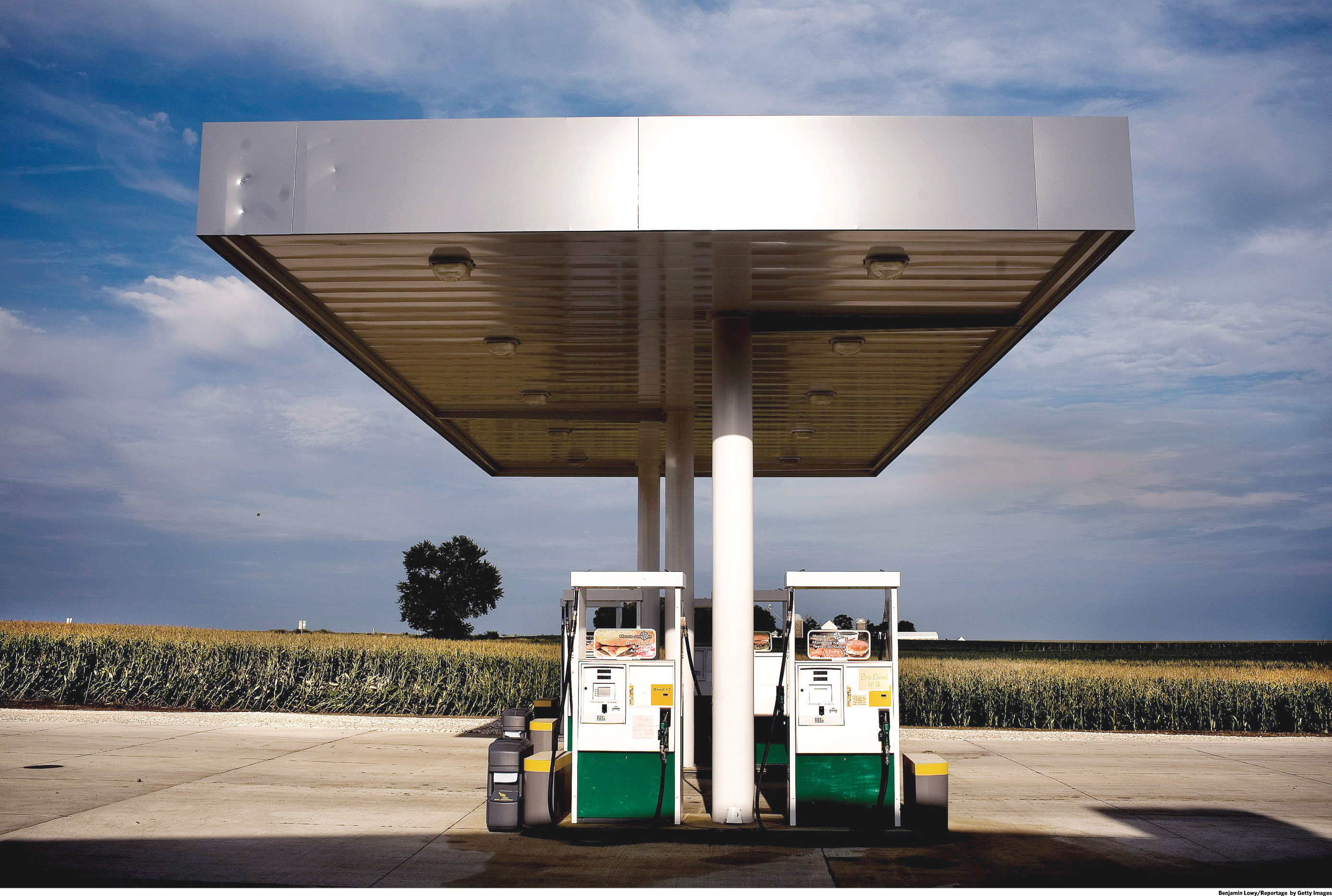Chapter Introduction
CHAPTER 32
BIOFUELS
GAS FROM GRASS
Will an ordinary prairie grass become the next biofuel?

CORE MESSAGE
Biofuels represent a potential replacement for fossil fuels and might be especially important fuel sources for transportation. Biofuels offer many advantages, but they also involve trade-offs—such as using cropland and fossil fuel inputs to grow biofuel crops—increasing the need for more research and development. Adjusting how we make biofuels can address many of these concerns and will help us meet the energy needs of the future.
AFTER READING THIS CHAPTER, YOU SHOULD BE ABLE TO ANSWER THE FOLLOWING GUIDING QUESTIONS
The rain stopped, and the plants began to die. In 1987, a massive drought struck Minnesota. At the Cedar Creek Ecosystem Science Reserve, David Tilman helplessly watched the grasslands he had been cultivating for more than 5 years—part of a project to test how different amounts of nitrogen and other resources affect growth—wither away.
But while some areas thinned out and became barren, others kept the auburn and green of healthy prairie grasslands. For some reason, certain plots were less affected by the drought. Tilman, a bow tie–sporting ecologist at the University of Minnesota, decided to find out why. Little did he know, his simple plan to study grass in Minnesota would unexpectedly lead him to a new and potentially better type of biofuel—a substance that provides the energy needed to power engines—made from a mixture of prairie grasses.
biofuels
Solids, liquids, or gases that produce energy from biological material.
“We weren’t thinking about biofuels at all,” recalls Tilman. “When you have a new idea, you start imagining what might happen, but you never know what will really happen until you try the experiment.”
“When you have a new idea, you start imagining what might happen, but you never know what will really happen until you try the experiment.”—David Tilman